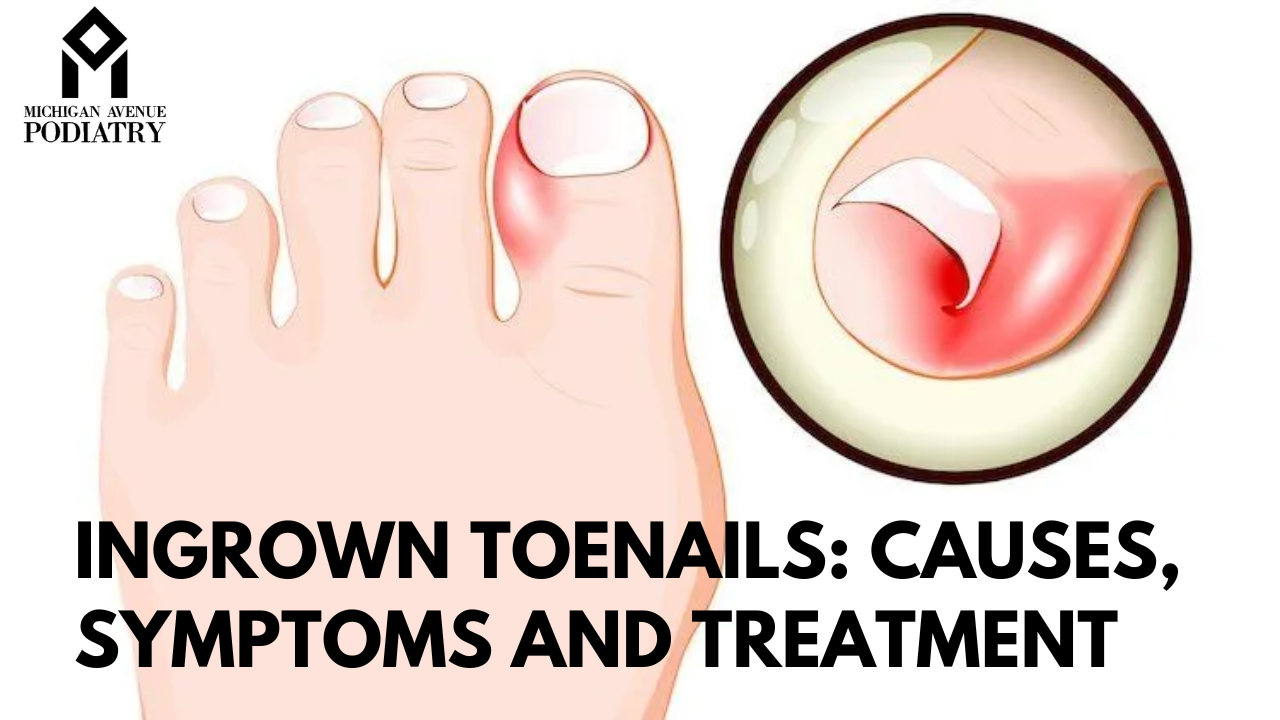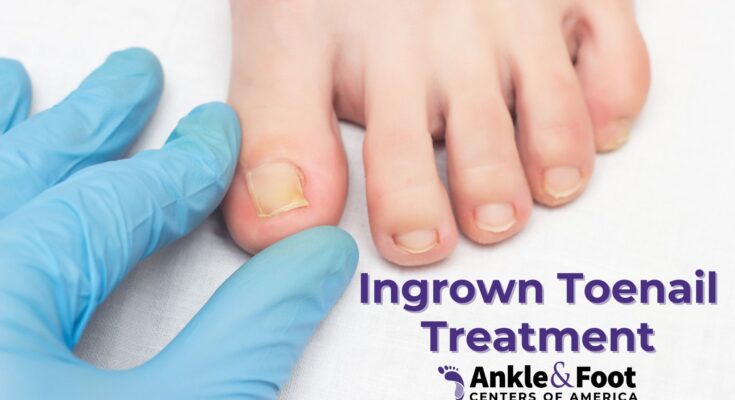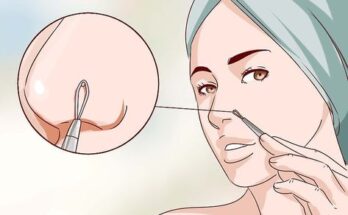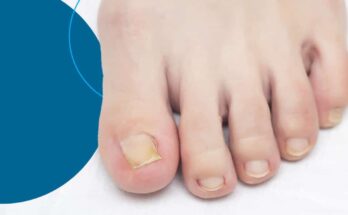Ingrown toenails are a common condition that occurs when the edge of a toenail grows into the surrounding skin, causing pain, swelling, and sometimes infection. This condition can affect anyone, though it is more common in people who wear tight-fitting shoes, have improperly trimmed nails, or have certain foot types. In some cases, an ingrown toenail can be easily managed at home with proper care, but in more severe instances, professional treatment may be necessary. Here, we’ll explore the various methods for ingrown toenail removal, from conservative treatments to surgical interventions.
1. What Causes an Ingrown Toenail?
Before we dive into removal methods, it’s essential to understand the causes of an ingrown toenail. These factors can contribute to the development of this painful condition:
- Improper nail trimming: Cutting toenails too short or rounding the edges can encourage the nail to grow into the surrounding skin.
- Tight shoes: Footwear that compresses the toes, particularly shoes with narrow toe boxes, can cause pressure on the nails and increase the likelihood of an ingrown toenail.
- Injury or trauma: Dropping something on your toe or stubbing it can damage the nail, leading to ingrowth.
- Genetics: Some people are more prone to ingrown toenails due to their nail shape or foot structure.
- Excessive sweating: Moisture trapped between the toe and nail can create a favorable environment for infection, which can lead to ingrown toenails.

2. Home Remedies for Mild Ingrown Toenails
For less severe cases of ingrown toenails, there are several home remedies you can try. These methods may help alleviate pain and reduce inflammation:
- Soaking the Foot: Soaking your feet in warm water for 15-20 minutes a few times a day can help soften the skin around the nail, making it easier to manage the ingrown nail.
- Use of Cotton or Dental Floss: After soaking, you can gently lift the ingrown nail away from the skin by placing a small piece of cotton or dental floss between the nail and the surrounding skin.
- Topical Antibiotics: Applying an antibiotic ointment can help prevent infection, particularly if the area is red, swollen, or painful.
- Pain Relief: Over-the-counter pain relievers like ibuprofen or acetaminophen can reduce inflammation and discomfort.
If the ingrown toenail does not improve with these treatments or worsens, it’s important to seek professional medical attention.

3. Professional Treatments for Ingrown Toenail Removal
In more severe cases, ingrown toenails may require professional intervention. Here are some of the treatment options your podiatrist might recommend:

A. Partial Nail Removal (Avulsion)
One of the most common treatments for ingrown toenails is partial nail removal. During this procedure, the doctor will numb the toe with a local anesthetic and remove a portion of the toenail that is growing into the skin. This provides immediate relief and helps the toe heal properly. In some cases, the toe may be bandaged for a few days while the area heals.
B. Full Nail Removal
For chronic or recurring ingrown toenails, a full nail removal may be necessary. This involves the complete removal of the toenail, which is typically followed by a procedure to prevent the nail from growing back. The area is numbed, and the toenail is carefully extracted. The nail bed may be treated with a chemical or surgical technique to stop regrowth.
C. Chemical Matrixectomy
A matrixectomy is a procedure where the root of the nail (the matrix) is destroyed to prevent future nail growth. This is often done after partial or full nail removal and can be accomplished using a chemical solution (such as phenol) or a laser. This treatment is usually reserved for patients with recurring ingrown toenails.
D. Laser Therapy
Laser therapy is a newer approach for treating ingrown toenails. The laser is used to destroy the nail matrix, which prevents the nail from growing back into the skin. This method has the advantage of being minimally invasive and can be a good option for those who experience recurrent ingrown toenails despite other treatments.
4. Post-Treatment Care and Recovery
After an ingrown toenail removal, whether partial or full, there are several key aspects to ensure proper healing:
- Follow-Up Appointments: You may need to return to the doctor to have the dressing changed or to ensure that the toe is healing correctly.
- Pain Management: Mild pain or discomfort is common after the procedure. You can manage this with prescribed or over-the-counter pain medication.
- Foot Hygiene: Keeping the affected area clean and dry is critical to prevent infection. Make sure to change the bandage regularly, and avoid wearing tight shoes that could irritate the healing toe.
- Avoid Physical Activity: Try to avoid any heavy physical activity or pressure on the toe for several weeks after the procedure, as this can slow down healing.
5. Preventing Ingrown Toenails in the Future
If you’ve experienced an ingrown toenail, you’ll likely want to take steps to prevent it from happening again. Here are a few tips:
- Trim Nails Properly: Cut toenails straight across, avoiding rounding the edges. Leave them long enough so they don’t dig into the surrounding skin.
- Wear Properly Fitting Shoes: Choose shoes that allow your toes to move comfortably and aren’t too tight in the toe box.
- Foot Hygiene: Keep your feet clean and dry. Change socks regularly and choose breathable materials.
- Seek Treatment Early: If you notice signs of an ingrown toenail, such as pain, swelling, or redness, address the issue as soon as possible to avoid complications.

Conclusion
Ingrown toenails can be uncomfortable, but they are treatable with a variety of options. From home remedies for mild cases to professional treatments like partial or full nail removal, there are solutions available that can bring relief. If you suffer from chronic ingrown toenails, consult with a podiatrist to determine the best treatment plan for your needs. With proper care and prevention strategies, you can minimize the chances of experiencing this painful condition in the future.



